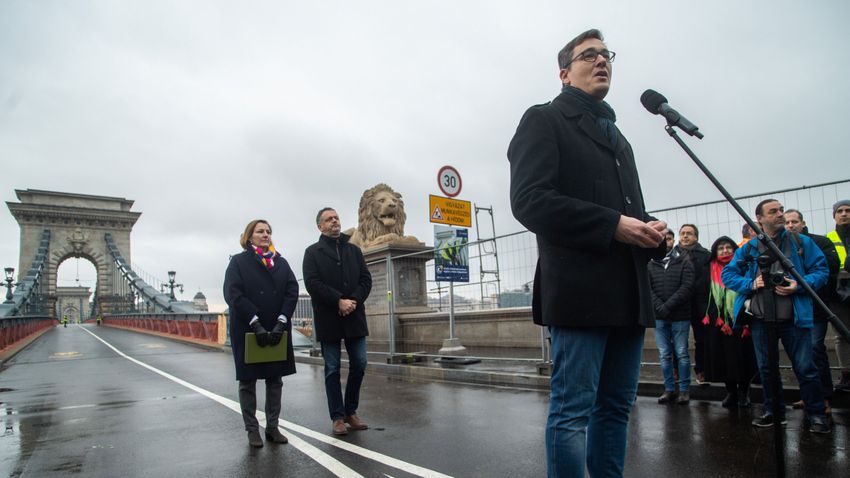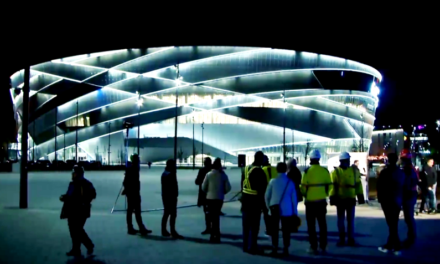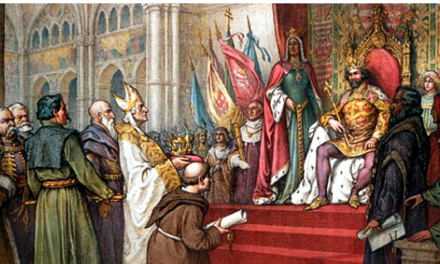If we ban cars from the Chain Bridge, we might speed up the traffic in that particular place, but there is no question of how much sooner the traffic jams will form on the Margit Bridge or the Elizabeth Bridge, in the morning or in the afternoon, lawyer Kázmér Kázmér, the Hungarian Chairman of the legal and interest protection committee of the car club.
According to him, the debate surrounding the renovation of the Lánchíd has become politicized, even though this is a question that can be handled partly logically and partly with conclusions drawn from the studies of specialists. As is well known, in mid-December, the capital opened the Chain Bridge under conditions that it did not fulfill the agreement with the government: BKK flights, taxis, and people traveling on bicycles, motorcycles and mopeds can use the bridge. For now, motorists and pedestrians cannot return to the Chain Bridge.
Kázmér Kovács emphasized: The capital has never doubted that the closure of the Chain Bridge will result in 30,000 km of extra car journeys per day in Budapest. – What kind of logic is needed to accept the fact that this surplus will not harm the capital in terms of emissions? Kázmér Kovács pointed out. As he put it,
it is nothing more than the fact that the capital is trying to fulfill various campaign promises in the wrong direction, instead of looking for alternative solutions.
The chairman of the Hungarian Automobile Club's legal and interest protection committee also told our newspaper that they had previously heard from the press about the capital's plans for the Chain Bridge, and although they mentioned that they were not good, they did not receive a meaningful response from the city administration. He believes: People are not getting the right information in this matter, because it may be more convenient to travel on the Chain Bridge, but it is more difficult to cross the other two bridges mentioned earlier. He added that a solution could be the construction of a pedestrian bridge, or that cars use the Chain Bridge during off-peak hours, and a possible alternative to support cyclists is the construction of a bicycle lane on one of the sidewalks of the Erzsébet Bridge.
Regarding the renovation of the Lánchíd, it is worth highlighting that the Budapest municipality previously agreed with the government: the condition of the six billion subsidy is that the total or partial restriction of motor vehicle traffic does not exceed 18 months. Zsolt Láng, the government commissioner responsible for the complex development of the Central Hungarian Economic Development Zone, confirmed to Világgazdaság that the Budapest municipality intends to open the Chain Bridge under such conditions that neither pedestrians nor vehicular traffic can use it, it does not fulfill the provisions of the government decision.
Motorists were banned from the bridge in June last year, but they promised that they would be able to return to it in December 2022. Moreover, when the stone lions were replaced in October this year, it was also announced at the press event that they would be able to allow vehicle traffic back onto the bridge by the agreed deadline, mid-December. By the way, the renovation of the Chain Bridge began in March 2021, and if the capital's management does not reject the procedure announced during the time of the former mayor István Tarlós, it could have saved about HUF five billion.
Source: Hungarian Nation
Featured image: MTI/Zoltán Balogh













